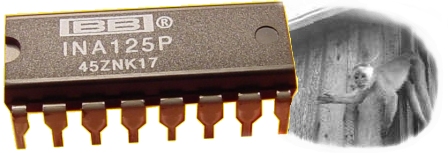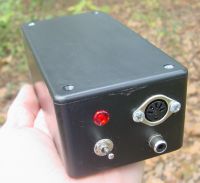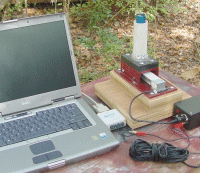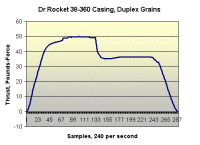
|
INA 125 Instrument Amplifier
for rocket motor test stand
|

|
INA 125 Instrument Amplifier
for rocket motor test stand
|
 |
Board 1 A minimalist approach, with a tiny circuitboard and just enough stuff to make it work. And it works just fine! |
|
 |
Board 2 A slightly larger board with some extra room. Easier to work on, more precisely adjustable, and it even has a power-on LED. This is the one I recommend. |
 |
The Box Whichever board is made, it needs to go in a box of some sort. Here's mine - I'm following Steve's model. |

|
Full Setup The amp doesn't do much by itself. Check out the other stuff. |
|
 |
Static Tests using this equipment Spreadsheets & videos |

|
If you would rather not build this amp, note that Aerocon Systems is selling an instrument amp that is similar to this one and probably better. If I had known that earlier, I might not have gone to all this trouble! |